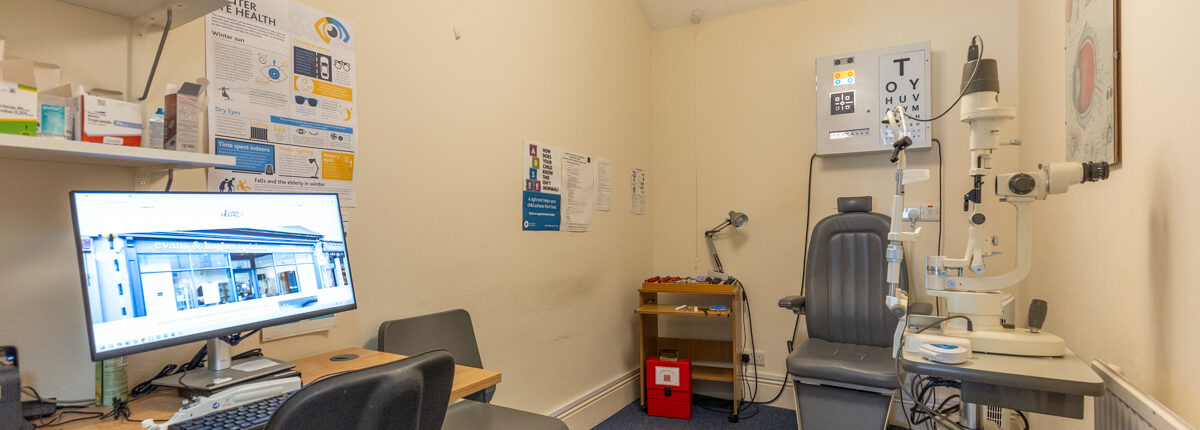Blepharitis is a common and chronic eye condition which is defined as an ‘inflammation of the eyelid margins’. It can affect any age, but is more common in those over 50 years old.
Symptoms often include:
- Gritty eyes
- Itchy eyes
- Red eyes
- Stickiness or crusting of the lids, particularly on waking
There are two main types of Blepharitis
- Anterior Blepharitis
This affects the outer margin of the eyelids, typically near the root of the eyelashes. It is caused by staphylococcal bacteria and you may notice some scaling at the eyelashes.
- Posterior Blepharitis
This is also known as Meibomian Gland Dysfunction (MGD) and has an effect on the inner margin of the eyelids, where your meibomian glands are located. Typically, these glands become blocked and are unable to produce the oily outer part of your tear film. The consequence of this can also lead to Dry Eyes.
Management
Unfortunately there is no cure for Blepharitis, but the condition can certainly be managed and stabilised by following some simple steps.
Step 1. Warm Compresses
This needs to be applied to the edge of your closed eyelids for 5 minutes, twice daily. You can use a hot flannel, cotton wool or store bought reusable heat packs. The aim of this is to begin unblocking the meibomian glands and to loosen the scaling on the lashes.
Step 2. Lid hygiene
By cleaning the eyelid margins, this will remove any potential infection-causing debris. There are medicated lid solutions/wipes available from your optometrist or pharmacist, or it is also possible to try a home remedy. This involves using either Bicarbonate of soda (1/2 tsp to ½ cup boiled water) or baby shampoo (1 part to 10 parts boiled water).
Once the solution is prepared and cooled, you should use a cotton wool bud/pad to apply the solution to the outer edges of your eyelids, specifically focussing on the eyelash line. It is important to ensure that you are scrubbing in circular motions, whilst ensuring not to touch the eye itself. This can then be rinsed off with warm water and repeated twice daily.
Step 3. Artificial Tears
The eyes may often feel gritty and uncomfortable during episodes of Blepharitis. Ocular lubrication may therefore be required to ease your symptoms. Artificial tears come in a drop, gel or ointment form and can be applied several time per day.
In some severe cases of Blepharitis, it may be necessary to refer you for an Ophthalmological opinion at the eye hospital, where you may be prescribed medications, such as antibiotics.
Should you experience any symptoms of Blepharitis, do not hesitate to get in touch

